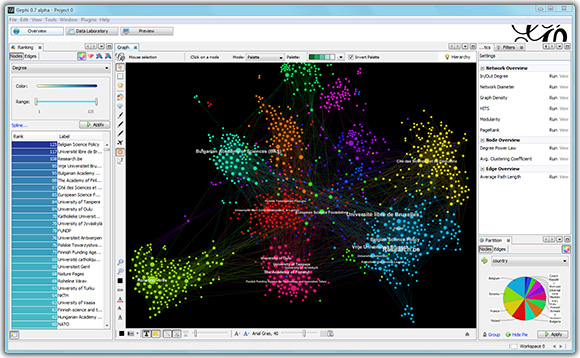Name: Stephen Rice
Discipline: American Studies and History
Course(s)/Semesters Taught: HIST 101 Early America to 1865; teach every semester, project will begin in Fall 2019
DH Tools to be Used: Gephi and Tableau

James K. Polk, a Democrat from Tennessee, served one term as President of the United States in the 1840s. He entered office on the heels of a years-long economic crisis that was the worst in the nation’s history, and with the professed aim of expanding the nation’s territory to promote its future prosperity. During his term the United States finalized its annexation of Texas, went to war with Mexico to seize additional land westward to the Pacific Ocean, and settled a dispute with Great Britain to claim the Oregon territory. It was in the context of the Texas annexation that the phrase “Manifest Destiny” was coined—the notion that Providence dictated the expansion of the United States across the continent— and by the time Polk left office the nation’s territorial claims indeed extended “from sea to shining sea.” Present at every turn was the deeply contentious question of whether the newly claimed territories would permit slavery. Through all this Polk carried on a substantial correspondence that served to explain, defend, and advance his policies. Reconstructing and depicting this correspondence network may provide new insight on a variety of topics both historical and contemporary, including the development of the Ideology of Manifest Destiny and its enactment in Federal policy, the history of the Democratic Party, the United States in time of war, and the divide over slavery that led to the Civil War.
The James K. Polk Papers are housed in the Library of Congress and are available electronically as one of the Library’s digital manuscript collections. The collection contains over 20,000 items, including thousands of letters to and from Polk written during the period of his presidency. This will make for a substantial data set for the project. While it appears that most of these letters are not transcribed, the digital collection includes a PDF of the 1969 Index to the James K. Polk Papers, which lists correspondents by name, direction (to/from), and date of correspondence. In addition, the University of Tennessee, through its Tennessee Research and Creative Exchange (TRACE), makes available electronically the published Correspondence of James K. Polk for his entire term as President. Working with the index, the Library of Congress manuscript collection, and the TRACE volumes, students will be able to piece together Polk’s correspondence network and consider the substance of any correspondence of particular interest.
My plan for the assignment will be to teach students the basic ideas about network construction and analysis. I will then show them how to create a network data set in Excel, how to load the data into Gephi, and how to refine and interpret the resulting network visualization. In the beginning this will mostly be a visualization project, but I will make sure that our data is such that we can use the network analysis features of Gephi as well. I believe, though, that this network analysis will be much more likely to yield insight once the network entails hundreds of correspondents, which will take some time to get to. We will proceed chronologically, starting with correspondence that took place immediately following Polk’s election in November, 1844, and continuing to the inauguration of his successor—Zachary Taylor—in March, 1849. The project will be integrated into each section of HIST 101 Early America to 1865 that I offer over the next several years. I will need some technical support with Gephi, and I will want to be able to export data into Tableau in order to take advantage of its superior visualization capabilities.
